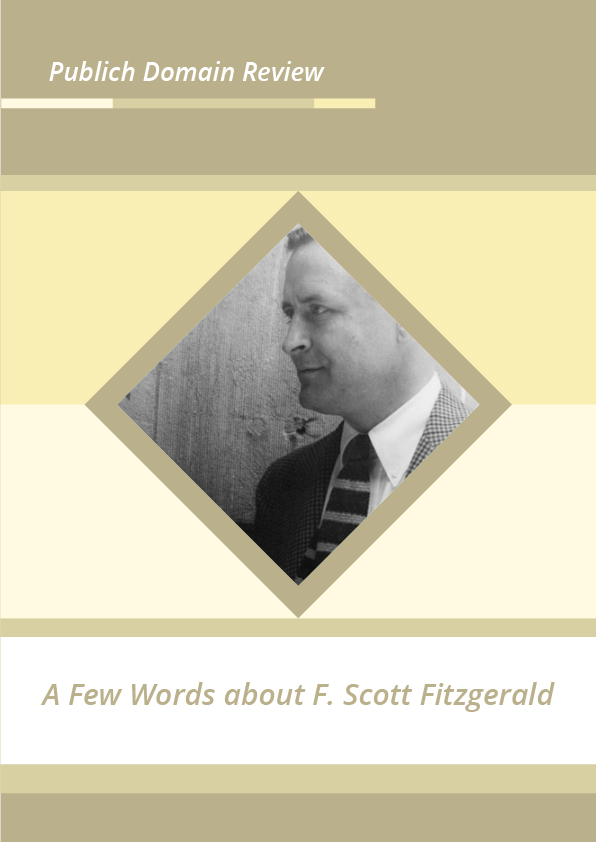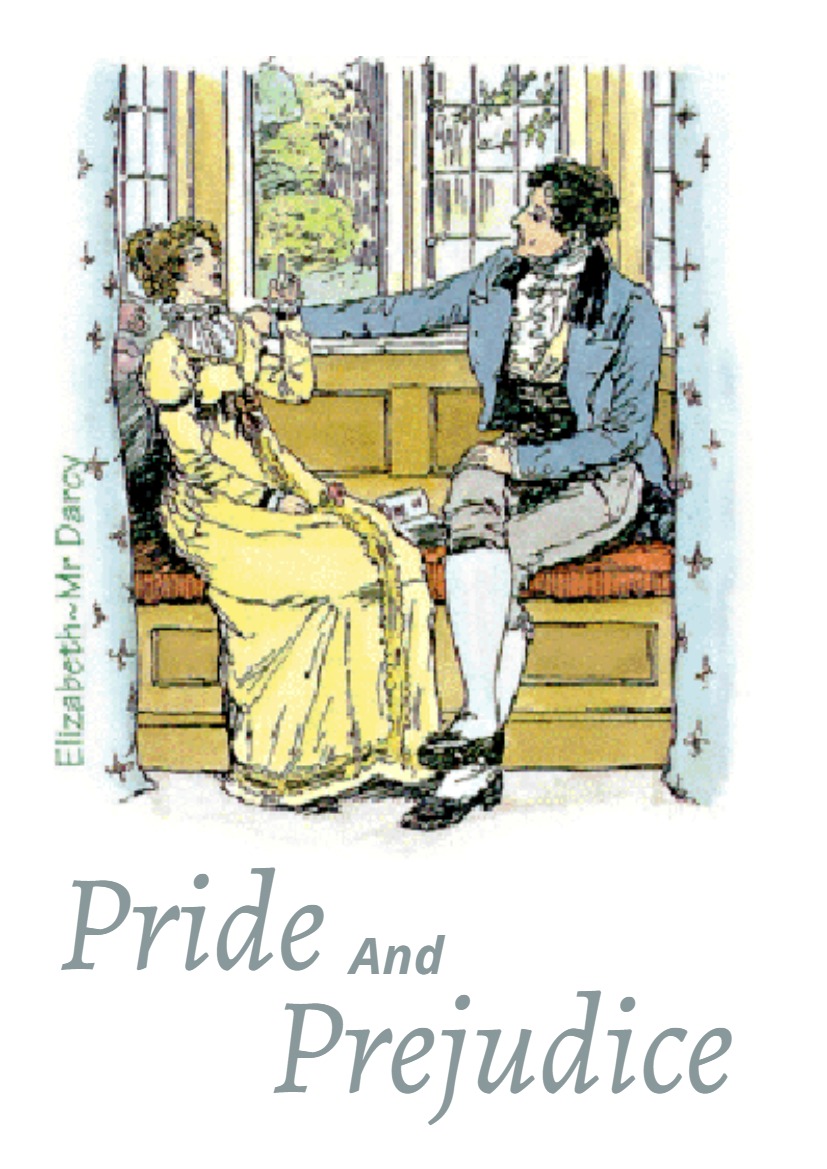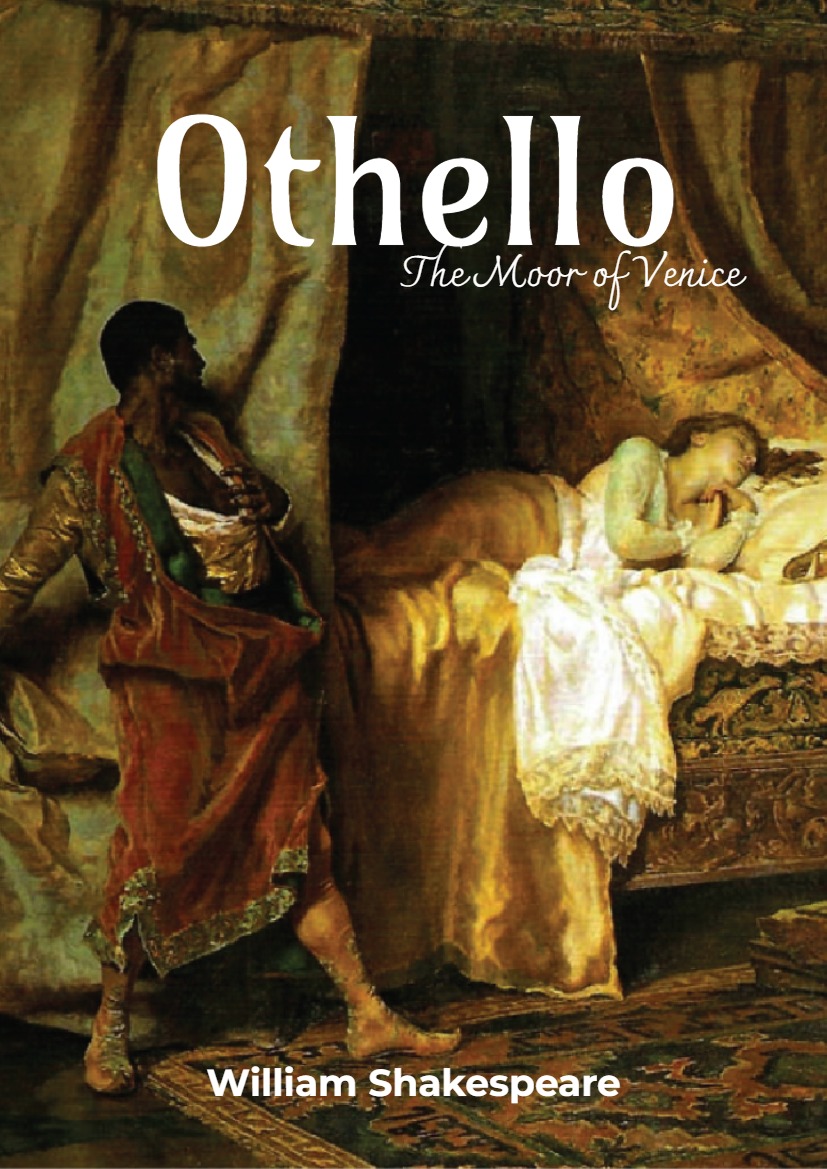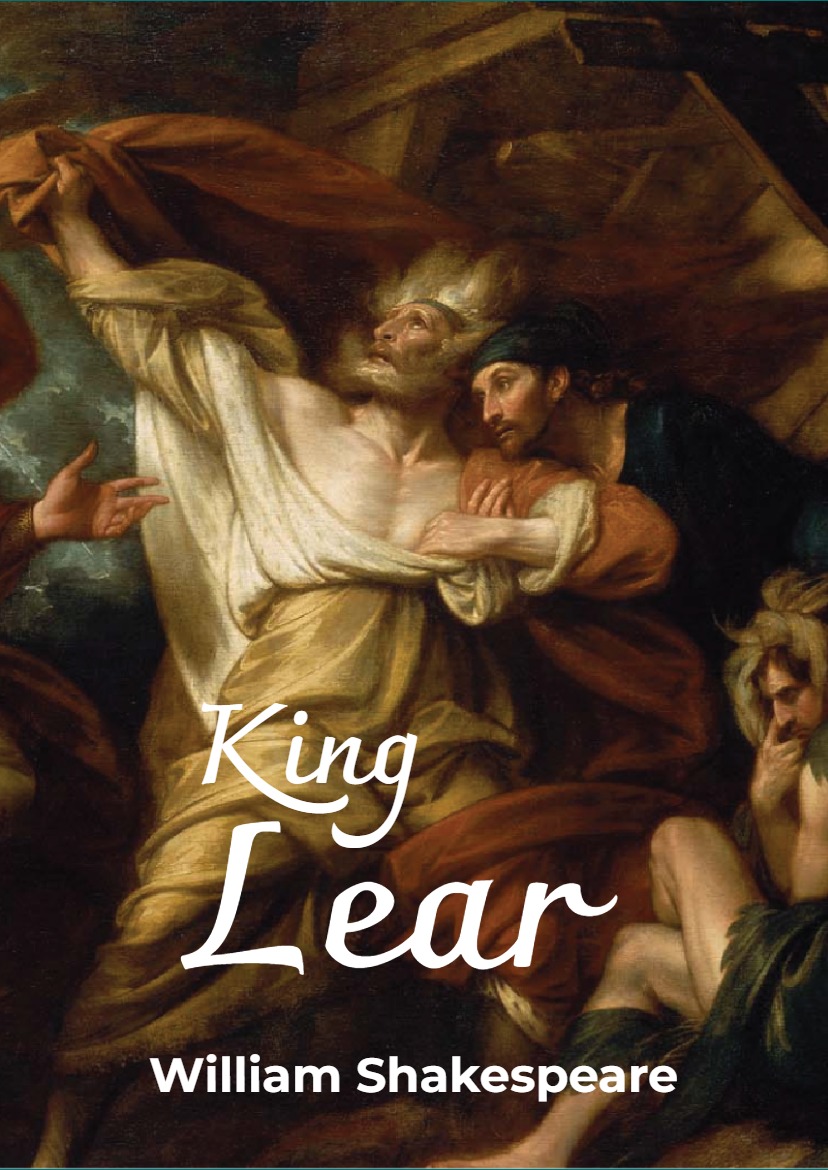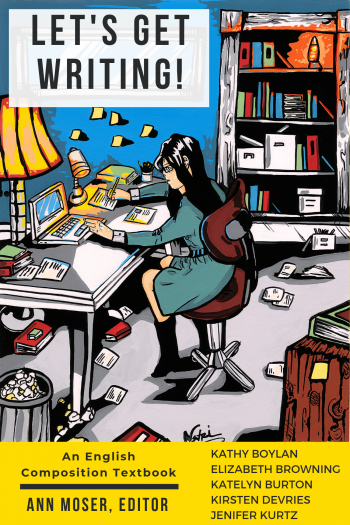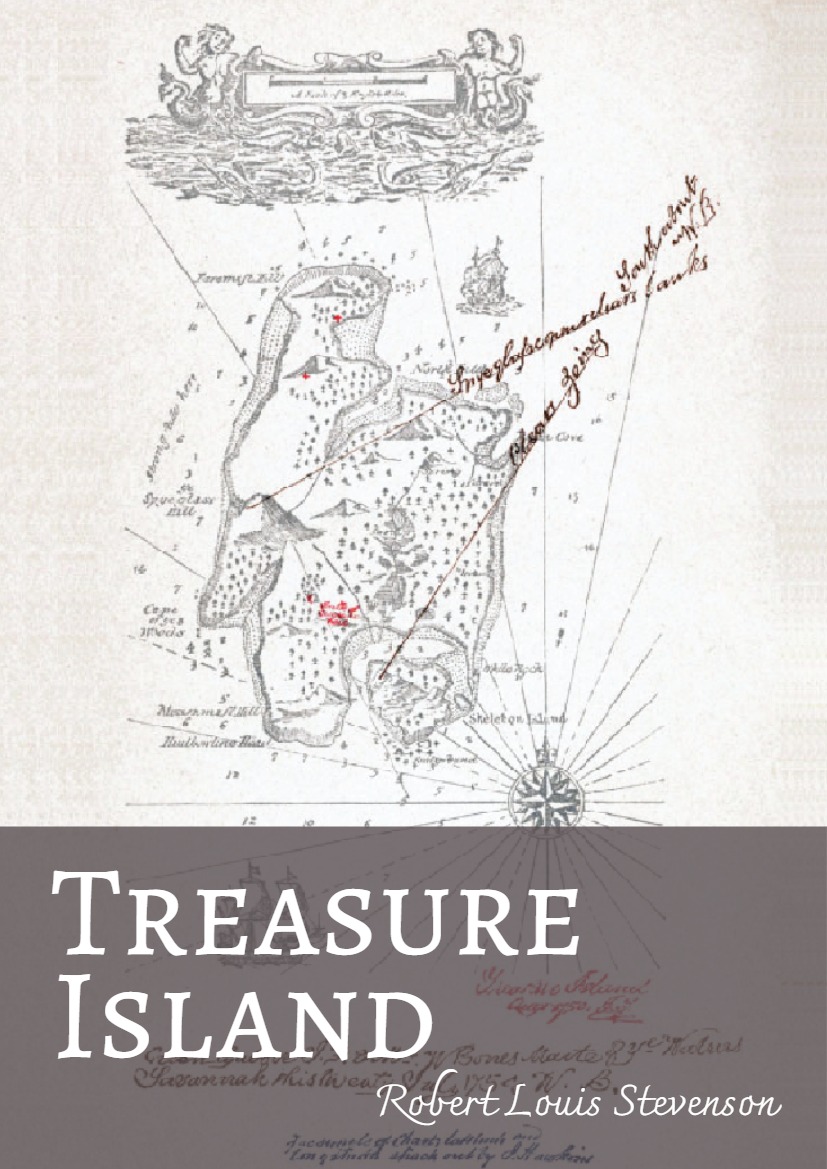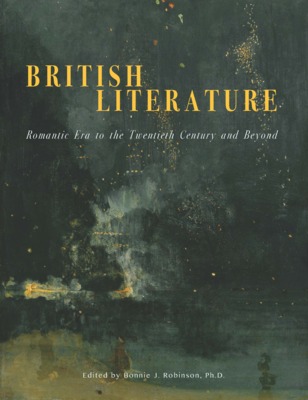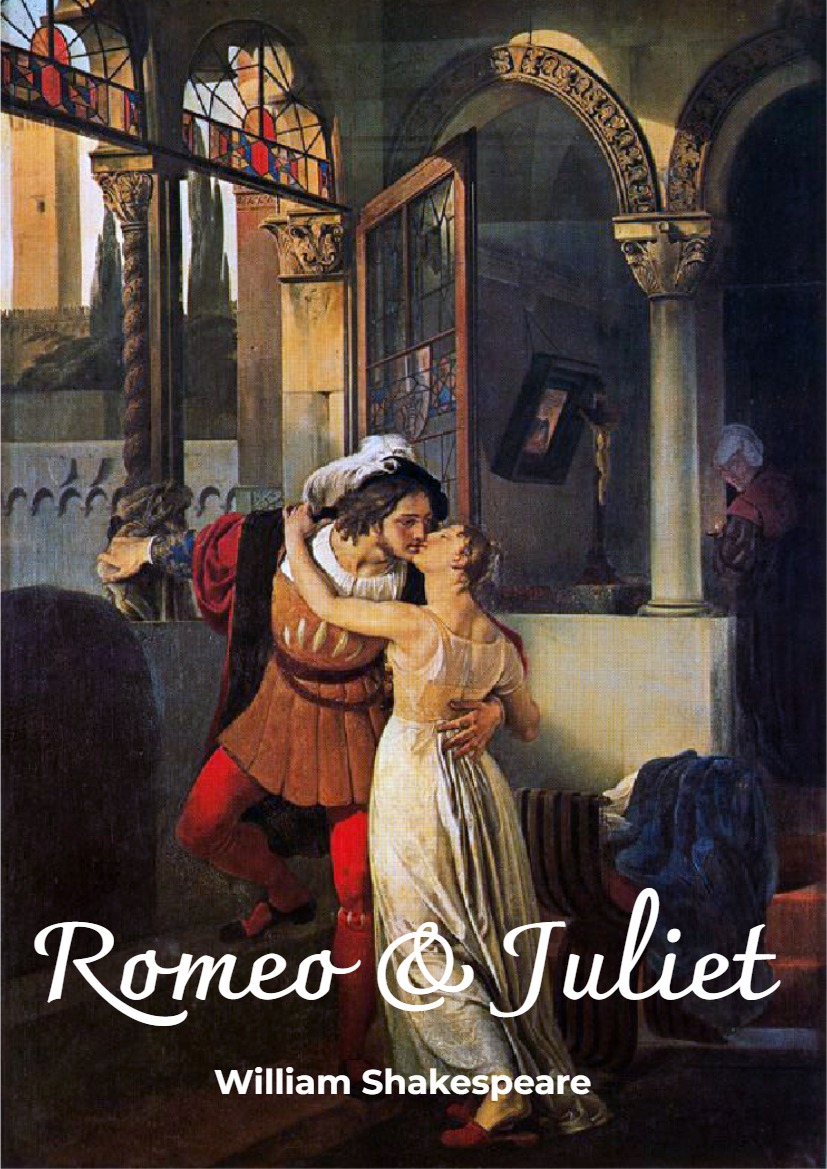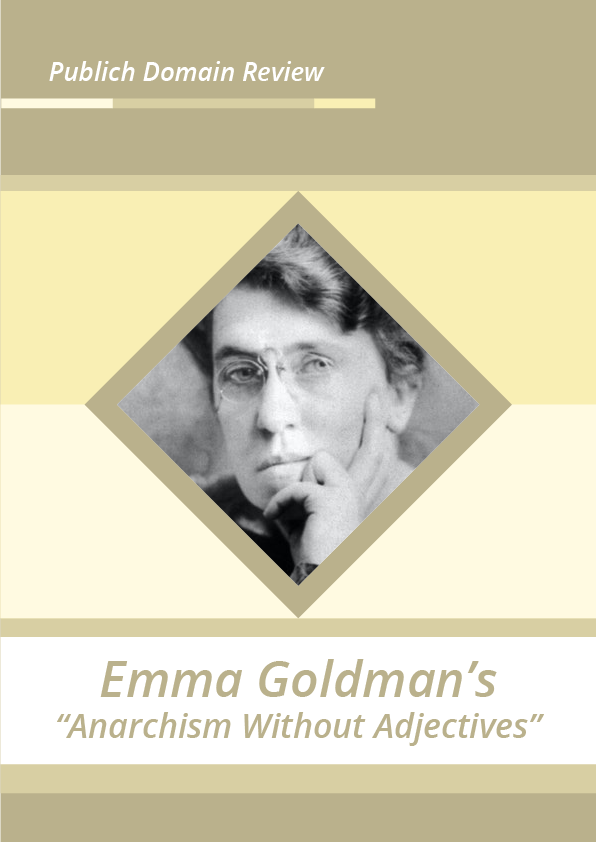In most countries around the world, 2011 saw the writings of F. Scott Fitzgerald enter the public domain. Scott Donaldson, author of the biography Fool For Love: F. Scott Fitzgerald, explores the obscuring nature of his legend and the role that women played in his life and work.
With Fitzgerald as with no one else in American literature save Poe, the biography gets in the way. Never mind that F. Scott Fitzgerald is the author of one exquisite short novel as perfect as anything in our literature and of another longer, more chaotic novel of tremendous emotional power. Never mind that he has written a couple of dozen stories that by any standard deserve the designation of “masterful.” Ignoring those legacies, much of the general public still tends to think of him in connection with the legends of his disordered and difficult life, and to classify him under one convenient stereotype or another. So diminished in stature, Fitzgerald becomes the Chronicler of the Jazz Age, or the Artist in Spite of Himself, or – most prevalent stereotype of all – the Writer as Burnt-Out Case: a man whose tragic course functions as a cautionary tale for more commonsensical aftercomers. His saga offers an almost irresistible temptation to sermonizers, overt or concealed. It is not right to ride on top of taxicabs or disport oneself in the Plaza hotel’s fountain, not right to drink to excess or abuse a “lovely golden wasted talent.” Go thou and do otherwise.
This warning usually remains implicit, of course. It is not the homily but the tale of star-crossed lovers that commands attention – handsome brilliant erratic Scott married for good or ill to beautiful willful unstable Zelda. There is an arresting poignancy in the way the two of them – Scott more than Zelda, perhaps – considered the alternatives and chose the sweet poison. Somehow, in the repeated retellings of this tale, the Fitzgeralds have come to stand for a kind of generic nonspecific glamour, now sadly departed. In 1980 the opening party for an exhibit of Fitzgeraldiana at the National Portrait Gallery drew an enormous crowd determined to celebrate a vanished past. The band played Glenn Miller and Benny Goodman numbers from the 1940s, the decade following Fitzgerald’s death. A few women attempted flapper costumes, but for the most part the clothes were as anachronistic as the music. One chap, aiming for colonial elegance, danced in a pith helmet. The details that mattered so much to Fitzgerald, a man precisely in tune with his times, mattered very little to those come to the party to memorialize his legend. Zelda and Scott, Scott and Zelda – they are fixed so securely in the collective mind as lovable reckless youths for whom it all went disastrously wrong that it has been difficult to set that image aside and concentrate on the work that established him as one of the major literary artists of the twentieth century.
Henry James, himself a biographer as well as a novelist, understood that the entire truth about anyone could never be told. “We can only take what groups together,” he said. What most grouped together in Fitzgerald’s work and life, I came to realize over several decades in the classroom and five years of intensive research, was an overweening compulsion to please. He wanted to please other men, but did a poor job of it. His Princeton classmates considered him over-inquisitive and frivolous. Zelda’s father thought him unreliable. Ernest Hemingway, the closest of friends in the mid-1920s, eventually came to regard him with something like scorn. Fitzgerald was far more successful in pleasing women. Readers of his fiction might expect as much, for he is one of our more androgynous writers, with a rare capacity to put himself in the place of characters of either sex. “All my characters are Scott Fitzgeralds,” he acknowledged. “Even my female characters are feminine Scott Fitzgeralds.” The set of instructions Fitzgerald drew up, at 18, for his younger sister Annabel provides convincing evidence along these lines. In this remarkable document he coached his sister in the finer points of attracting boys: how to groom herself, how to dance, what to talk about, how to flatter. And the androgyny is everywhere evident in the stories and novels, too, which is probably why most female college students are attracted to his fiction.
